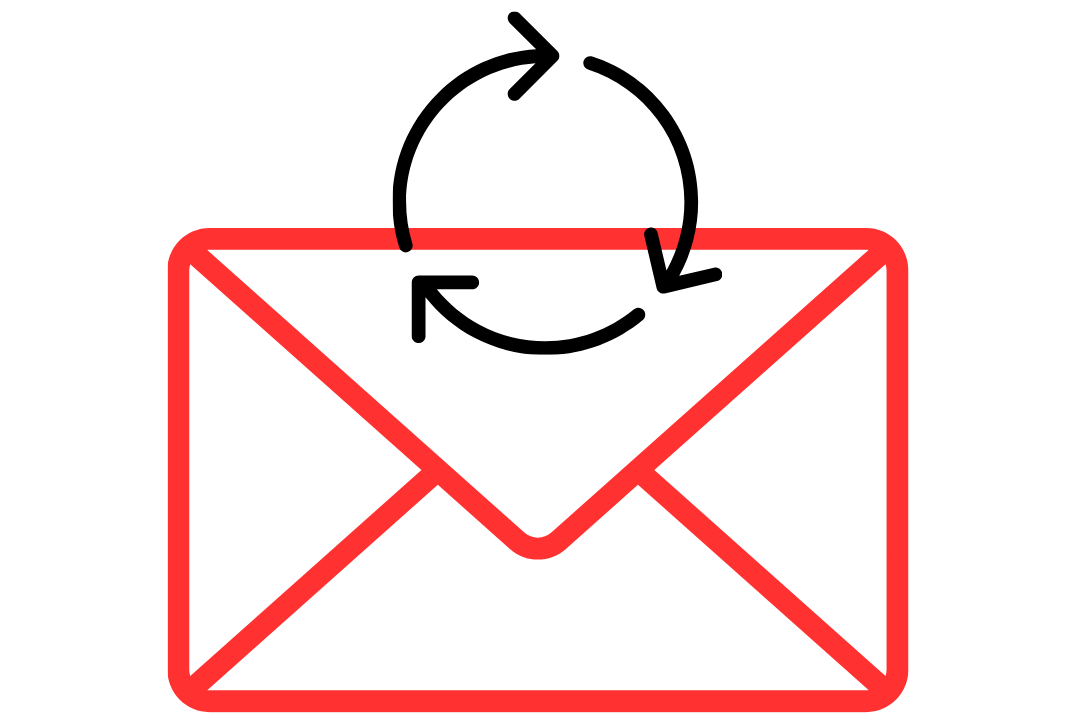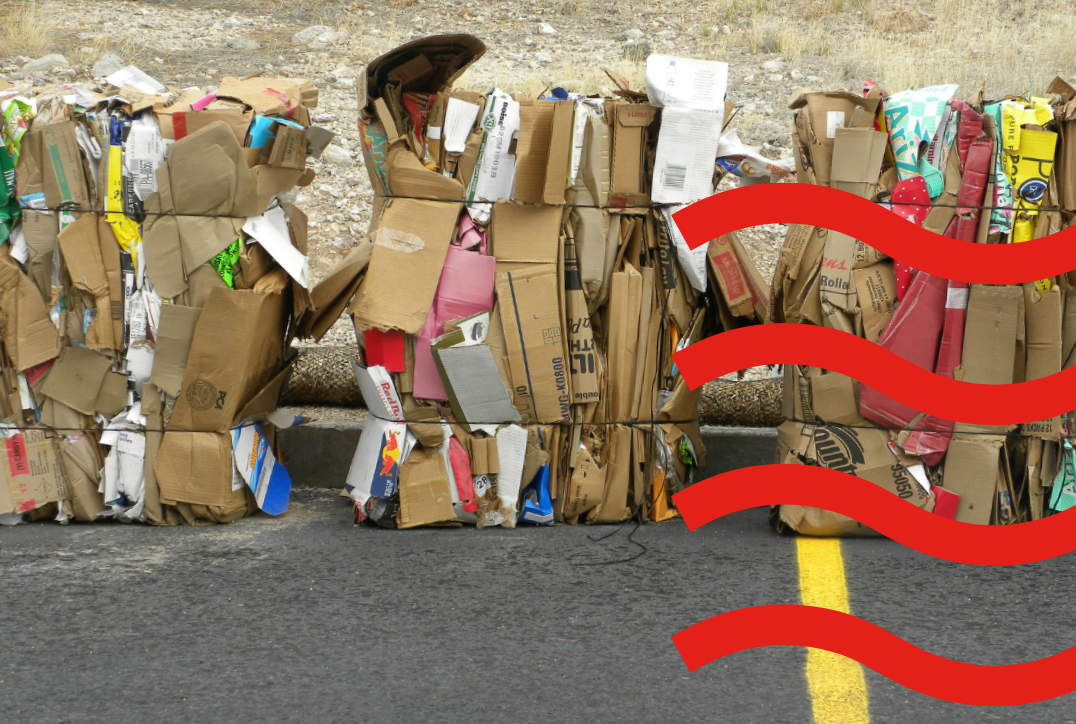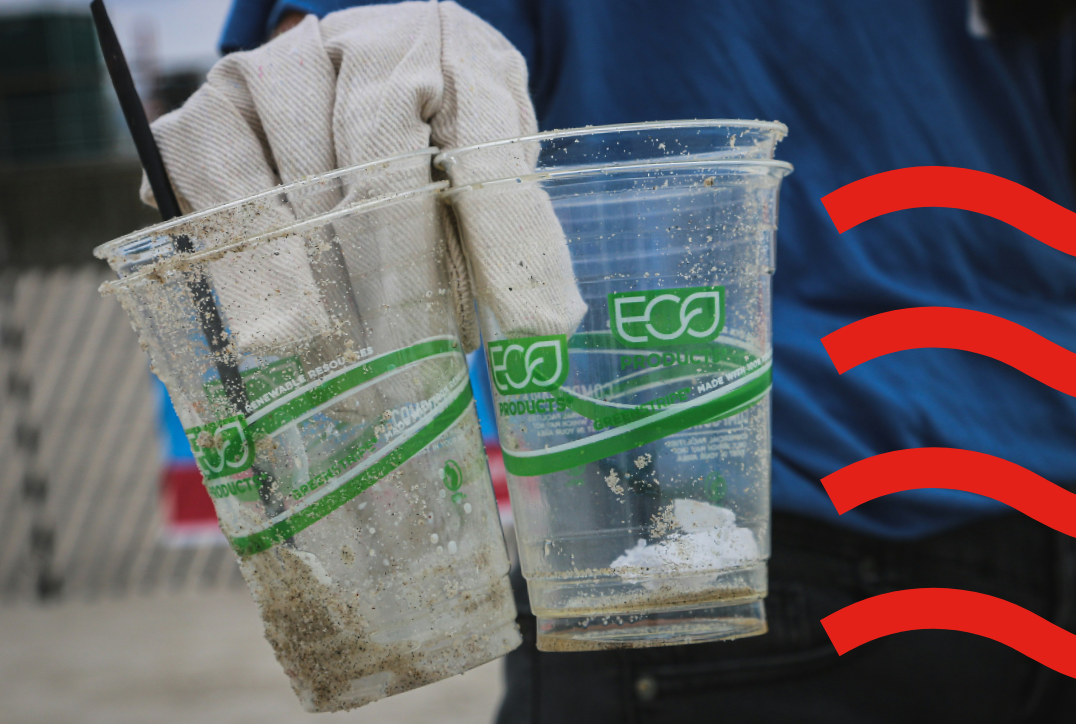Learning to swim: Recycling and Reuse
We all need to do more to improve sustainability and for brands there’s a massive opportunity to make a difference. But can we do to drive the biggest impacts? In this blog Will Railton, Sustainability Strategist explores how organisations can take advantage of reuse and recycle behaviours to contribute to a circular economy.
Sustainability

Recycling is an important part of the circular economy
Recycling is incredibly important as it avoids waste, pollution, and reduces carbon emissions. While more can be done, paper is at least readily recycled across Europe. Indeed, here in the UK it has a high recycling rate of 87%. Recycled paper fibres are re-used on average 3.8 times, and this can be up to 7 times. Paper is not only recycled into new paper but also into other products from egg boxes, animal bedding or insulation material.
Your letter has value also after it has done its work: if not archived it is a valuable raw material to be recycled into new paper. The European paper industry is a circularity champion and as a true champion raising the bar, our goal is recycling 76% of all paper placed on the market by 2030. To reach this, every letter counts.
Jori Rigman, CEPI Director General

Recycling is a downstream sustainability activity
Recycling is what we can call a downstream activity in a circular system - it begins at the end of a product’s life. This circular system is where materials avoid becoming waste. In a circular economy, products and materials are kept in circulation through processes like, reuse and recycling. The circular economy tackles climate change and separates economic activity from the consumption of finite resources.
Circularity really works when you design it ‘in’ from the start i.e. swimming upstream.
Swimming upstream is essentially thinking about a product’s life at the early stage of its design. The closest process to recycling with this way of thinking is what we can call ‘reuse’. This is where it gets really interesting.

Swimming upstream with Reuse: a clear part of circularity
Reuse can be designed into products so that it is easy to remove and replace parts or refurbish and fix things. For the manufacture of mail, mail bags are fixed rather than thrown away, trays are refurbished, and ink cartridges reused. In these instances, one step on would be thinking about how these elements can be designed so they are even easier to refurbish, fix and reuse.
Learn more about mail recycling and reuse here.

Training and partnerships can make the reuse economy develop new economic opportunities. People can be provided new skills and of course the reuse of things creates new values to what we once considered waste.
The broader benefits of reuse for businesses and customers
Reuse models can help deliver a superior user experience, customise products to individual needs, gather user insights, build brand loyalty, optimise operations, and save costs. For example, imagine a subscription model that challenges category norms, drives loyalty and has a much lower environmental impact than the competition. Further, a reuse model for say buying shampoo or other everyday items could provide a cost saving to the customer.

Benefits to reuse:
- Brand loyalty and customer retention can be achieved through deposit andreward schemes for reusable items.
- User experience can be improved by enhancing the look, feel or functionality of packaging.
- Information on user preferences and system performance can be gathered by incorporating digital technologies such as RFID tags, sensors, and GPS tracking into the reusable packaging system.
- Economies of scale for distribution and logistics can be achieved through sharing reusable packaging across brands, sectors or wider networks.
- Individual needs can be accommodated by reuse models that let users personalise packaging or choose desired quantities.
- Packaging and transportation costs can be reduced by supplying refills for reusable containers.

Globally, replacing just 20% of single-use plastic packaging with reusable alternatives offers an opportunity worth at least USD 10 billion.
Take advantage by reducing waste and changing behaviour
The opportunities for all companies transcends consumer products but all parts of the supply chain can hugely benefit from reducing waste and reusing products. Repairing an item is always found to be less energy intensive than new production. And designing in reuse can drive innovation, and definitively prove sustainable credentials.
However, attention must be paid to restoring and upgrading old product efficiencies, minimising overspecification in the new application, and considering whether more efficient, new products exist that would be more suitable.
The reuse economy in all its varied applications is growing, as businesses track and target the carbon footprint and waste in the manufacture and full lifecycle of products. Every company can take advantage of reuse and recycling but require circular thinking through a product’s lifecycle and across the organisation.
Marketreach has resources available for brands to better understand how mail can be an effective and sustainable choice within their marketing mix, and to help them produce more sustainable direct mail campaigns.
The print sustainability body ‘Print Green’ also has a whole host of guidance, tools and education to help brands and agencies design campaigns with circularity in mind.
Further reading
- Ellen Macarthur Foundation: How to build a circular economy : https://www.ellenmacarthurfoundation.org/
- Two Sides: Recycling and Paper: https://twosides.info/
- WRAP: Accelerating the circular economy: https://www.wrap.ngo/what-we-do/accelerate-circular-economy


